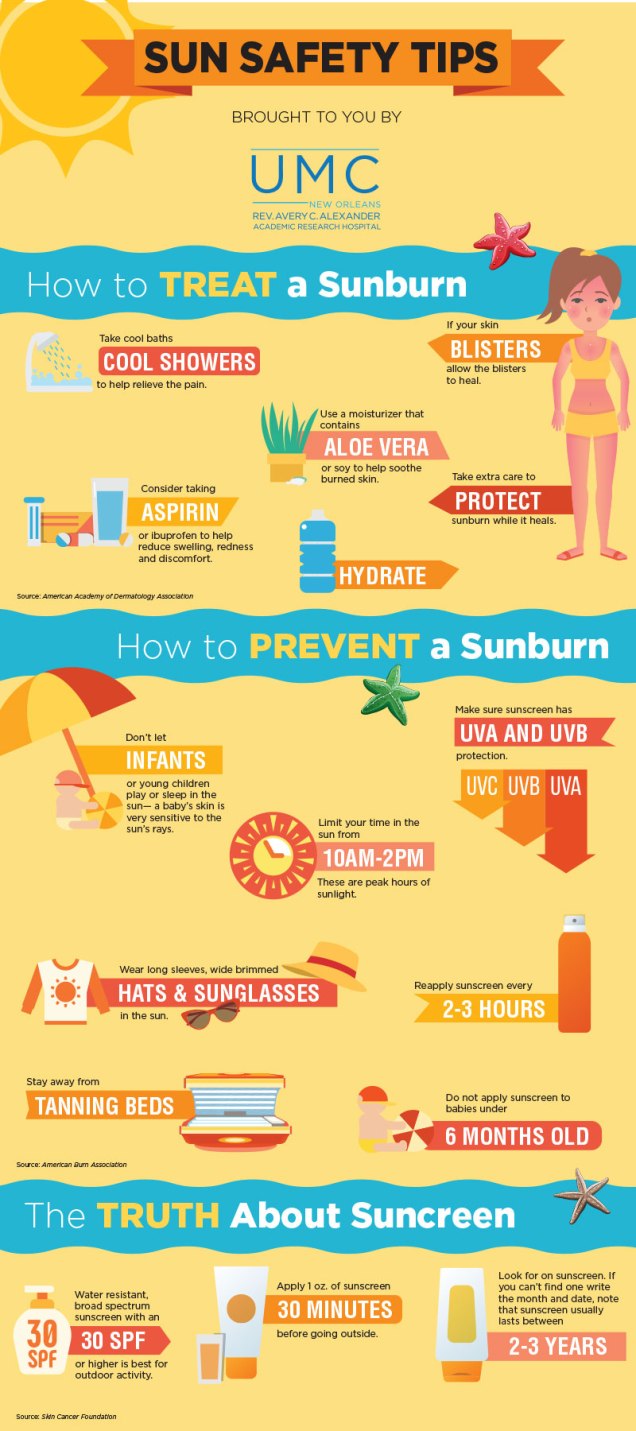Summertime Skincare
- Category: Living Well, Skin Care
- Posted On:

Author: Brian D. Lee, MD, University Medical Center Dermatologist and Kelly R. Stewart Chairman of the LSU Health Sciences Center New Orleans Department of Dermatology
The warmth of summer sunshine draws many people outdoors to participate in a variety of activities during these beautiful days.
It’s important to protect your skin from the damaging potential of sunlight.
This article focuses on the simple steps necessary to avoid sun damage and maximize your fun in the sun.
The Truth about Tanning

First thing’s first: There is no such thing as a healthy tan. Tanned skin is simply an indication of damaged skin. People who tan dramatically increase their risk of developing skin cancer and destroying the elasticity of the skin, causing sagging, leather-like skin that will make them look much older than their actual age.
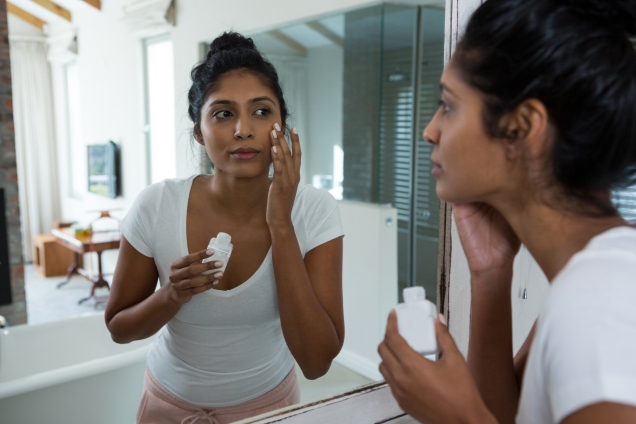
Artificial sun tanners afford no protection against the harmful rays of the sun and may give one a false sense of protection. People with dark skin need to wear sunblocks because their darker natural skin color does not afford them enough protection.
The Damaging Effects of the Sun
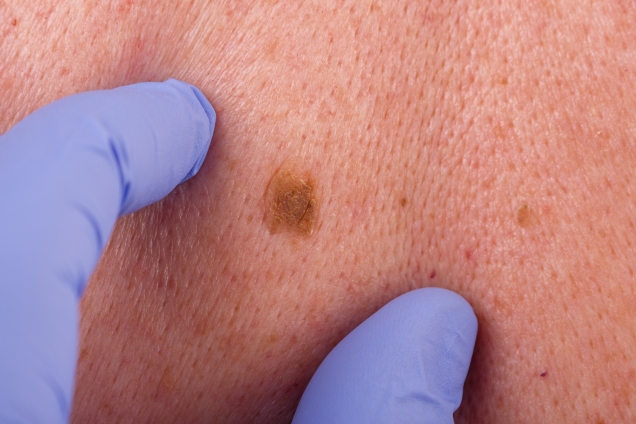
The damaging effects of the sun include the induction of:
- Skin cancers
- Prematurely aged appearance
- Sun-induced eye diseases include eye cancers and increased risk of cataracts and glaucoma.
Protecting Yourself and Your Children
To protect oneself from the sun, sunblocks, sunglasses, and sun protective clothing must be used.
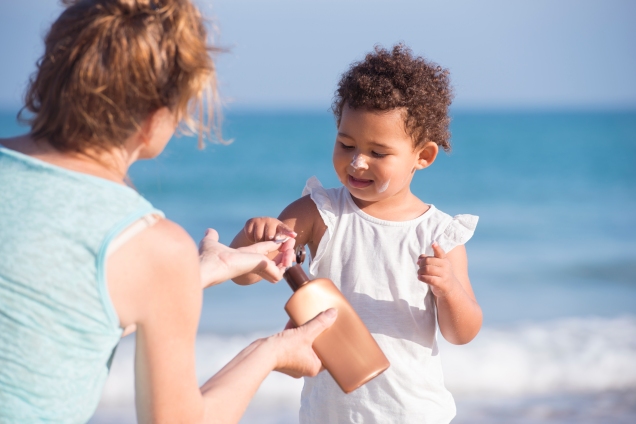
Children less than 6 months of age should not use sun blocks because of concerns regarding their absorption of the sunblock ingredients. They should wear loose fitting, long sleeve shirts and pants, wear a hat of tightly knit material (when held up to light there should be darkness inside cap) and sunglasses where are labelled to protect against the two types of sun rays: UVA and UVB.
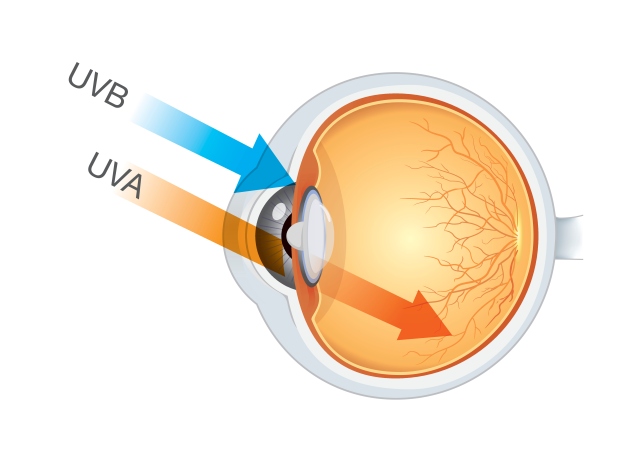
Everyone should limit their outdoor exposure between 10:00 a.m. and 2:00 p.m. Shade areas may contain 80% of non-shaded areas. It is best to be inside at the peak sunlight intensity hours.
Sunscreen
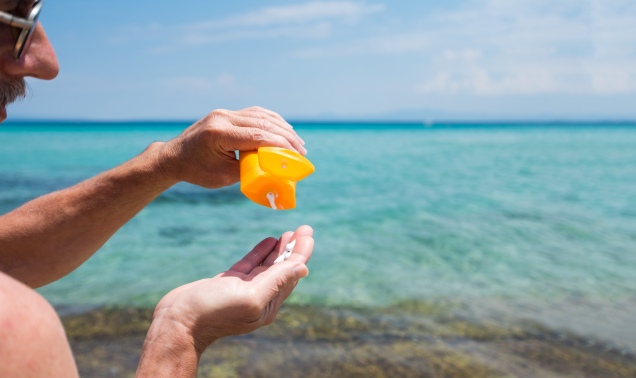
Sunblock should be of an SPF of 30 or greater and the container should also indicate 100% blockage of UVA sunlight.
One ounce of sunblock (a small jigger) is necessary to rub into the skin 20 to 30 minutes prior to sun exposure to allow sunblock absorption. Spray sunblocks should be sprayed onto the hands and rubbed into the skin to avoid eye exposure.
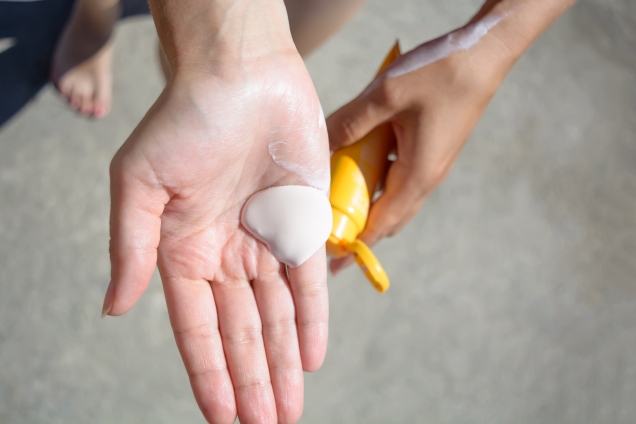
There are two types of sunblocks: physical and chemical. Physical sunblocks contain zinc oxide and titanium dioxide and protect by causing reflection the harmful rays. These are excellent products that eliminate the risk of allergic reactions to ingredients in chemical sunblocks. They are available in lotions, gels, and sprays. Most sunblocks sold are chemical sunblocks.
While the potential for allergic reaction (rashes/itching) is very rare, the possibility exists. When shopping for chemical sunblocks read the ingredient label and look for a product that contains avobenzone and does not contain oxybenzone. Oxybenzone may have a possible link to the production of hormone imbalances (low testosterone). Clear spray sunblocks are favorites of men for applying to their skin. Perspiration, degradation, and swimming eliminate the sunblocks, so application every 2 hours is recommended.
Grab your sunblock, sunglasses, and a hat, and have a wonderful day at the beach!
